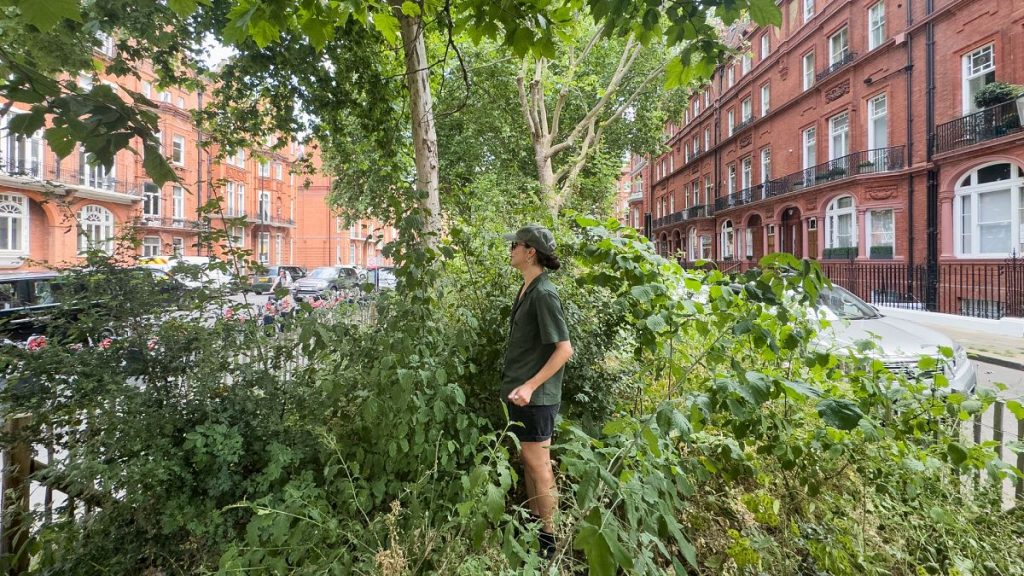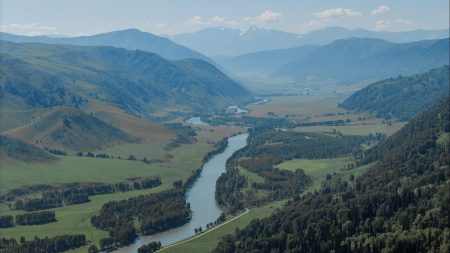The Rise of Micro-Forests: A Green Oasis in Concrete Jungles
The relentless expansion of urban areas has led to a concerning decline in natural habitats and an increase in pollution. However, a promising solution is emerging in the form of micro-forests, small, densely planted areas that are transforming urban landscapes into vibrant ecosystems. These miniature woodlands, inspired by the Miyawaki Method pioneered by Japanese botanist Akira Miyawaki, offer a powerful tool to combat deforestation and enhance urban biodiversity. These micro-forests, sometimes as small as nine square meters, utilize native plant species to create rapidly growing, self-sustaining ecosystems. Their compact size makes them ideal for integration into limited urban spaces, turning previously barren patches of land into thriving pockets of nature. From school playgrounds and cemeteries to unused plots near metro stations, these miniature forests are breathing new life into our cities.
The Ecological and Social Benefits of Micro-Forests
The benefits of micro-forests extend far beyond their aesthetic appeal. They function as miniature ecological powerhouses, contributing significantly to environmental restoration. These densely packed green spaces act as natural air purifiers, absorbing pollutants and improving air quality in congested urban environments. They also help to regulate temperature, mitigating the urban heat island effect that plagues many cities. Micro-forests enhance water management by absorbing rainwater runoff, reducing the risk of flooding, and improving soil health. Perhaps most importantly, they provide essential habitat for a variety of species, enhancing urban biodiversity and supporting a wider range of flora and fauna. Blackbirds, hedgehogs, and a multitude of insects find refuge in these green oases, contributing to a healthier and more vibrant urban ecosystem.
The social benefits of micro-forests are equally significant. They provide urban dwellers with access to nature, promoting physical and mental well-being. Studies have shown that interaction with nature reduces stress, alleviates anxiety and depression, and fosters a sense of peace and tranquility. Micro-forests become community hubs, offering spaces for relaxation, social interaction, and educational activities. Children, in particular, benefit from these green spaces, gaining valuable opportunities to connect with nature and learn about the importance of environmental stewardship. This hands-on experience fosters a sense of responsibility and encourages future generations to protect and cherish the natural world.
The Miyawaki Method: A Blueprint for Urban Reforestation
The success of micro-forests is largely attributed to the Miyawaki Method, a unique approach to afforestation that emphasizes the use of native plant species and a dense planting technique. This method mimics natural forest succession, creating a multi-layered ecosystem that supports a diverse range of plant and animal life. Miyawaki forests grow rapidly, reaching maturity in a fraction of the time it takes conventional forests to develop. This rapid growth is due to the close proximity of the plants, which creates competition for resources and stimulates accelerated growth. The dense planting also suppresses weed growth, reducing the need for herbicides and promoting a more natural ecosystem. The Miyawaki Method has been adopted globally, with hundreds of micro-forests springing up in cities worldwide. Organizations like Earthwatch Europe and SUGi are leading the charge, planting thousands of trees and transforming urban landscapes into thriving ecosystems.
Overcoming the Challenges of Urban Planting
Despite the numerous advantages of micro-forests, establishing and maintaining them in urban environments presents unique challenges. Urban conditions, such as air pollution, high temperatures, and limited space, can hinder plant growth and survival. Pollutants can inhibit root development and increase susceptibility to diseases, while the urban heat island effect can create stressful growing conditions. Gaining community support is also crucial for the success of micro-forest projects. Engaging residents and stakeholders, addressing their concerns, and fostering a sense of ownership is essential for the long-term sustainability of these green spaces. Securing funding, obtaining necessary permits, and navigating logistical hurdles can also pose significant challenges. However, with careful planning, community involvement, and innovative solutions, these obstacles can be overcome, paving the way for the widespread adoption of micro-forests in urban areas.
Micro-Forests: A Sustainable Solution for Urban Environments
Micro-forests offer a compelling solution to the environmental and social challenges facing urban areas. Their ability to improve air quality, mitigate the urban heat island effect, enhance biodiversity, and promote human well-being makes them a valuable asset in the quest for sustainable urban development. By integrating these miniature ecosystems into our cities, we can create more livable, resilient, and ecologically balanced urban environments. Micro-forests provide a tangible demonstration of how nature and urban development can coexist harmoniously, offering a beacon of hope for a greener and healthier future. The continued expansion of micro-forests in urban areas holds the promise of transforming concrete jungles into vibrant, biodiverse ecosystems that benefit both people and the planet.
The Future of Urban Greening: Expanding the Impact of Micro-Forests
The growing popularity of micro-forests signals a shift towards a more nature-integrated approach to urban planning and design. As awareness of the benefits of these miniature ecosystems grows, we can expect to see a wider adoption of this innovative approach to urban greening. Further research and development are needed to refine the Miyawaki Method and adapt it to different urban contexts. Exploring new planting techniques, optimizing species selection for specific urban environments, and developing strategies for long-term maintenance will be crucial for maximizing the impact of micro-forests. Collaboration between researchers, urban planners, community organizations, and local governments will be essential for scaling up micro-forest initiatives and integrating them into broader urban greening strategies. The future of urban development lies in embracing nature-based solutions like micro-forests to create more sustainable, resilient, and biodiverse cities for generations to come.














